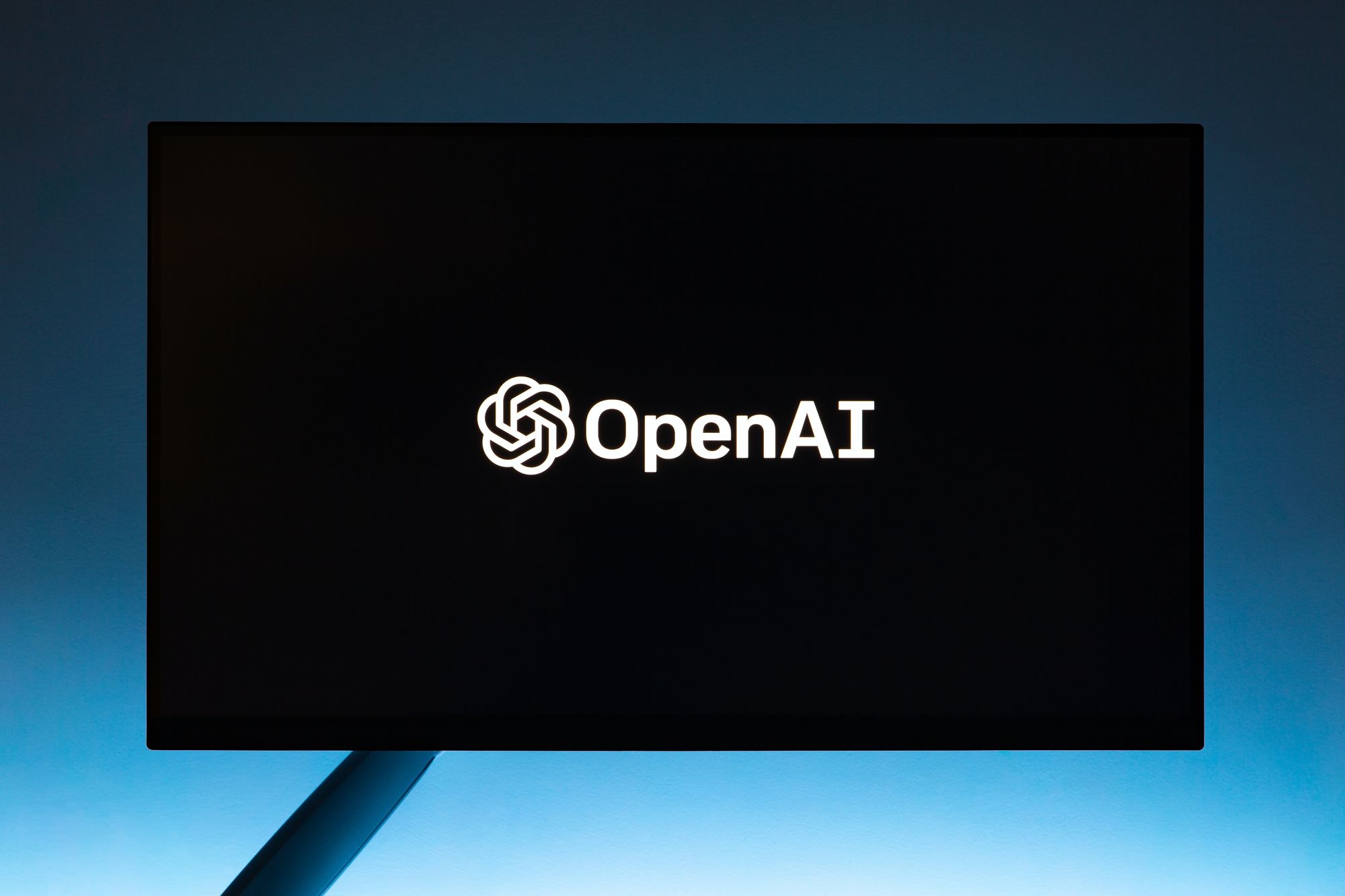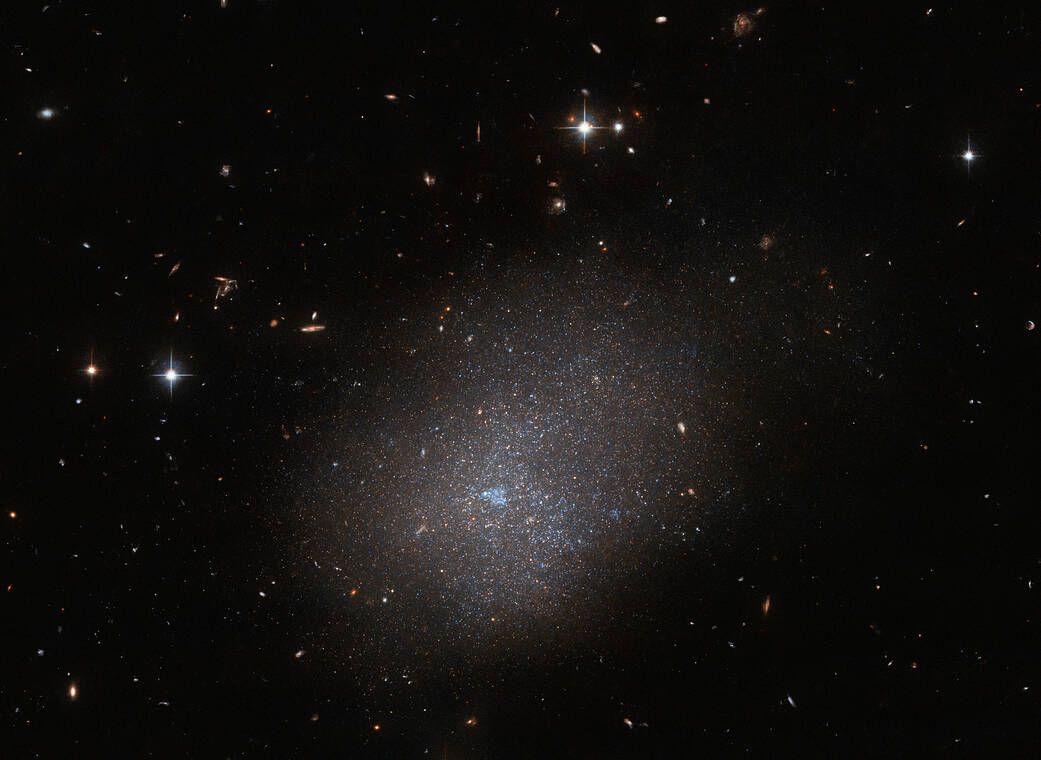Teachers turn to artificial intelligence to manage workload
by William Eltherington and Nicole Thompson, The Canadian Press | Sootoday.com

Droves of teachers say AI keeps their workload manageable, especially as they chart the course for a new school year
Jessica Reid has thought about quitting the career she'd dreamed of since childhood hundreds of times.
Until recently, she was overwhelmed by her workload as an elementary school teacher— planning lessons for all subjects, creating behavioural support plans for students, grading, not to mention actual classroom time — while also raising three young kids of her own.
But then Reid turned to artificial intelligence, joining droves of other teachers who say the technology keeps their workload manageable, especially as they chart the course for a new school year.
While Friend.tech booms, decentralized social has a retention problem — Execs
by BRAYDEN LINDREA | CoinTelegraph.com

Despite the recent hype around riend.tech, some decentralized social networks are still having a tough time getting users to sign up and stay on their social media platforms.
Two executives in the decentralized social (DeSo) media space told Cointelegraph that as much as 99% of users moving into DeSo for the first time will end up quitting, either due to clunky onboarding or simply not knowing anyone.
Ed Moss, the head of growth for layer-1 blockchain firm DeSo, said the process of cryptocurrencies from an exchange, transferring it to a wallet with an installed Chrome extension, and then paying high gas fees to transact on-chain or across chains is tedious and expensive for first-time users.
“We've found that 99% of mainstream users will drop off at that first step, so simplifying this flow is mission critical.”
Therefore, the single most important factor is to make sure the onboarding process is as frictionless as possible, Moss said.
6 Reasons South Korea is the Next Metaverse Hotbed
by AR Insider | AR Insider
South Korea is known for many things, from smartphone innovation to BBQ to K-Pop. One thing we can add to that list is the metaverse. The country has become fertile ground for metaverse startups, given a culture of innovation and rich gaming & entertainment industries.
Joining these factors is state support. The country’s Ministry of Science and ICT (MSICT) has earmarked 227 billion won (US $177 billion) for metaverse development. The city of Seoul is meanwhile building a 3.9-billion won platform for citizens to virtually access public services.
MISCT has also launched an “Expanded Virtual World” initiative to make Korea the world’s fifth-largest metaverse market by 2026. Goals include hosting at least 220 metaverse companies, creating 1.5 million jobs, and aggregate sales volumes of more than 5 billion won (US $4.2 million).
🌙 NASA - Best Photo from Last Week
Hubble Sees a Sparkling Neighbor Galaxy

The galaxy ESO 300-16 looms over this image from the NASA/ESA Hubble Space Telescope. This galaxy, which lies 28.7 million light-years from Earth in the constellation Eridanus, is a ghostly assemblage of stars which resembles a sparkling cloud. Other distant galaxies and foreground stars complete this astronomical portrait, which was captured by the Advanced Camera for Surveys.
This observation is one of a series which aims to get to know our galactic neighbors. Hubble has observed around three quarters of known galaxies within about 10 megaparsecs of Earth in enough detail to resolve their brightest stars and establish distances to these galaxies. A team of astronomers proposed using small gaps in Hubble’s observing schedule to acquaint ourselves with the remaining quarter of these nearby galaxies.
The megaparsec – meaning one million parsecs – is a unit used by astronomers to chart the mind-bogglingly large distances involved in astronomy. The motion of Earth around the Sun means that stars appear to slightly shift against very distant stars over the course of a year. This small shift is referred to as parallax and is measured in angular units: degrees, minutes, and seconds. One parsec is equivalent to the distance creating a parallax of one-arcsecond and is equivalent to 3.26 light-years or 30.9 trillion kilometers (19.2 trillion miles). The closest star to the Sun is Proxima Centauri, which lies 1.3 parsecs away.
Text credit: European Space Agency (ESA)
Image credit: ESA/Hubble & NASA, R. Tully
Media Contact:
Claire Andreoli
NASA's Goddard Space Flight Center, Greenbelt, MD
claire.andreoli@nasa.gov
Last Updated: Aug 25, 2023
Editor: Andrea Gianopoulos


Disclaimer: None of the content in this newsletter is meant to be financial advice. Please do your own due diligence before taking any action related to content within this article.
Disclaimer: Unbound is reader-supported. When you buy through links on our site, we may earn an affiliate commission.






